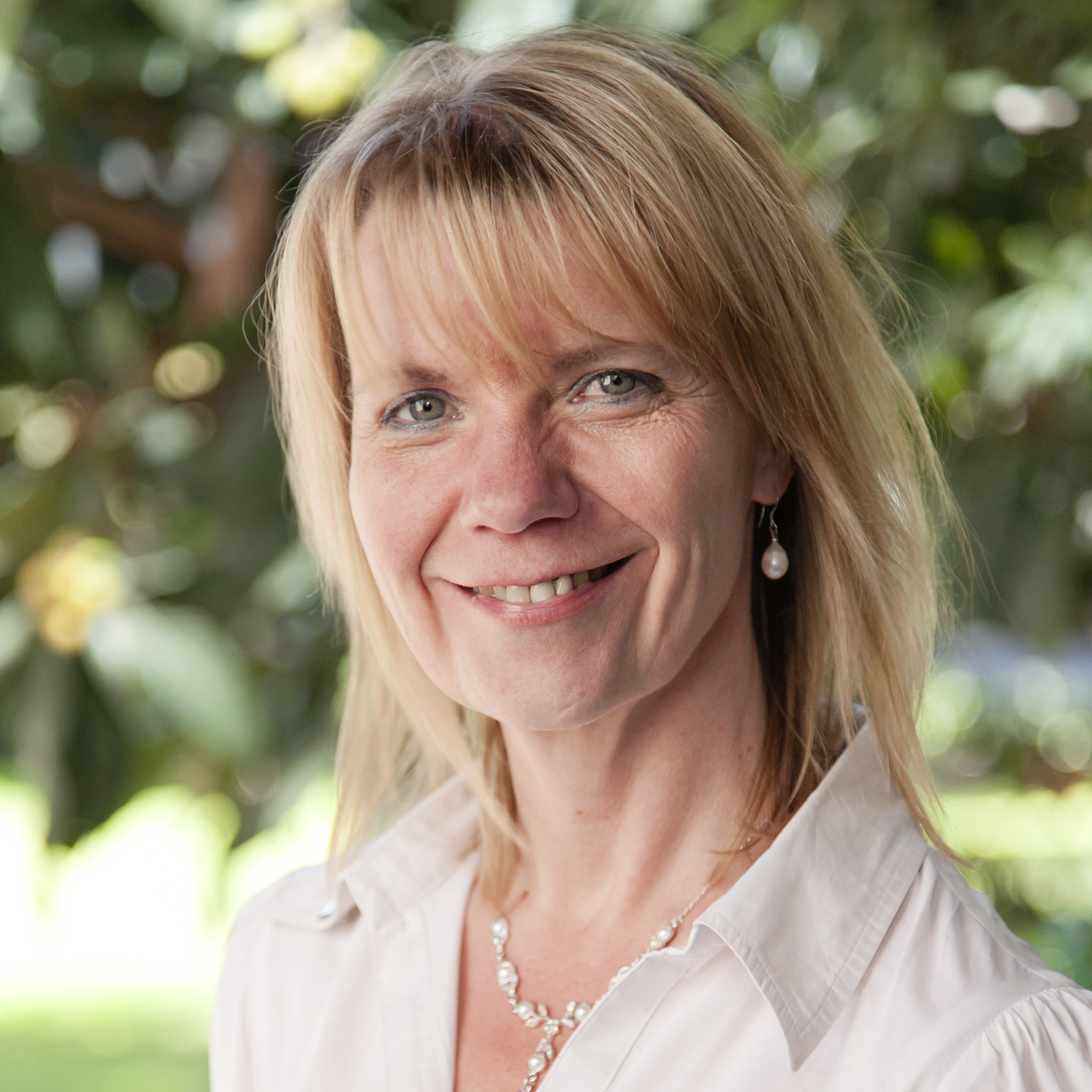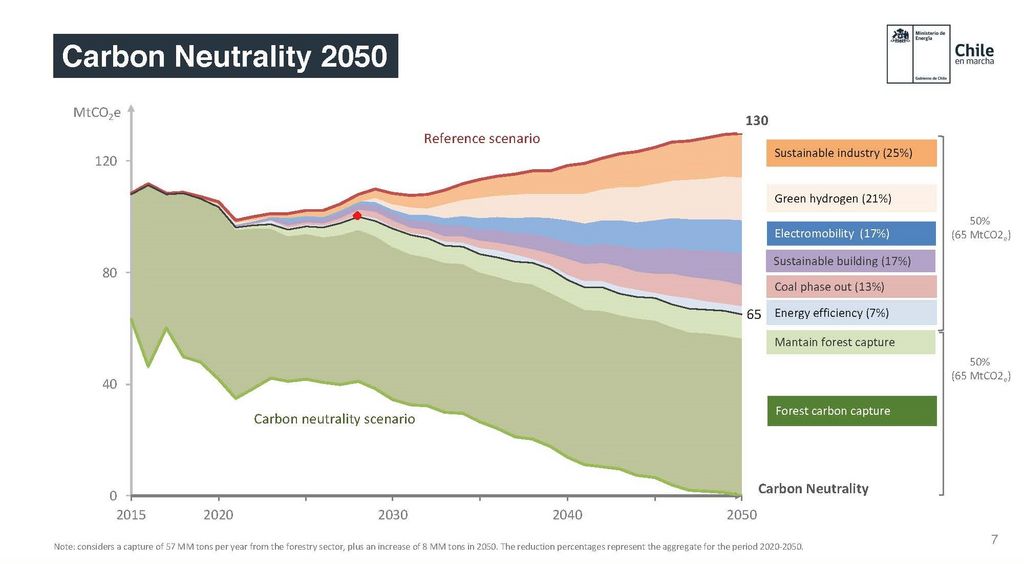Contact
Daina Neddemeyer
Project Manager
Deutsche Gesellschaft für Internationale Zusammenarbeit (GIZ) GmbH
Marchant Pereira 150
7500523 Providencia
Santiago de Chile
Chile
☎ + 56 2 230 68 612

Michael Schmidt
Project Assistant
Deutsche Gesellschaft für Internationale Zusammenarbeit (GIZ) GmbH
Marchant Pereira 150
7500523 Providencia
Santiago de Chile
Chile
☎ + 56 2 230 68 612

Bárbara Neira Espinoza
Technical Advisor
Deutsche Gesellschaft für Internationale Zusammenarbeit (GIZ) GmbH
Marchant Pereira 150
7500523 Providencia
Santiago de Chile
Chile
☎ + 56 2 230 68 612

Silja Dressel
Advisor
Deutsche Gesellschaft für Internationale Zusammenarbeit (GIZ) Gmb
Köthener Straße 2
10963 Berlin
Germany
☎ + 49 30 33 84 24 587

- Home
- Energy Partnership
- Newsroom
- Media Elements


